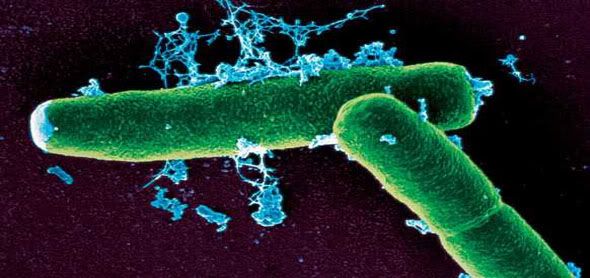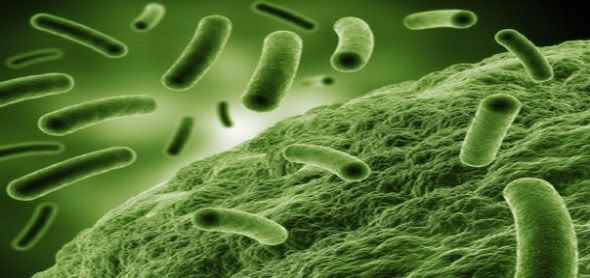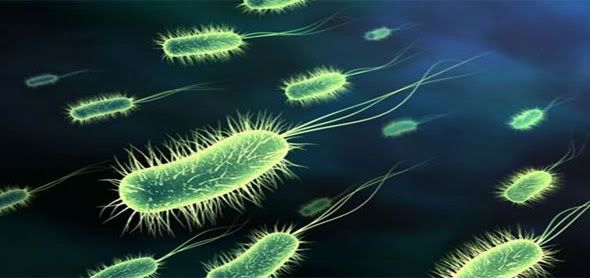Read More..
New insights into the mechanisms of action of Cry1Ab and Cry1Ac served as the basis for development of the modified Bt toxins


An outbreak of a new animal virus that has been ongoing in mainland Europe since August 2011 has now reached the United Kingdom. Schmallenberg virus infects livestock, causing fever, loss of condition and reduced milk yield in cattle....]


researchers at the University of Witten/Herdecke in North Rhine-Westphalia, Germany released a clinical study indicating that the sterilization protocol for dental bib holders is inconsistent and can result in the presence of germs, microorganisms and pseudomonas on bib chains and holders[...]
If you are going [...]


 Now that researchers know what to look for, they are developing methods to rapidly detect and discriminate the more harmful strains from their less-virulent cousins. The strategy is aided by a special medium utilized by the researchers that forces the bacteria to reveal their weapons in the laboratory -- the first step in the design of therapeutics to combat them.
Now that researchers know what to look for, they are developing methods to rapidly detect and discriminate the more harmful strains from their less-virulent cousins. The strategy is aided by a special medium utilized by the researchers that forces the bacteria to reveal their weapons in the laboratory -- the first step in the design of therapeutics to combat them.


